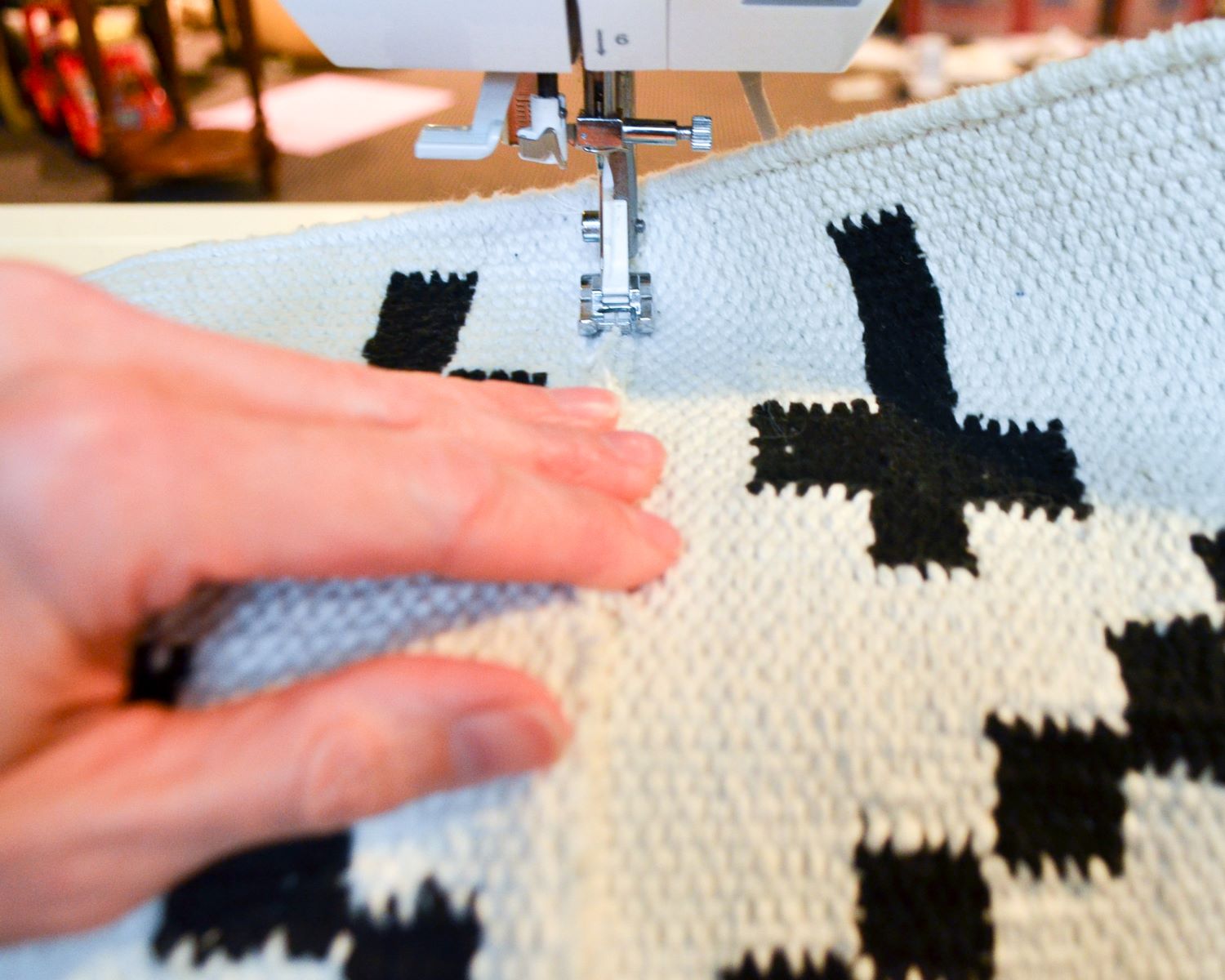

Articles
How To Join Two Rugs Together
Modified: January 18, 2024
Learn how to seamlessly join two rugs together with our informative articles. Transform your space with these helpful tips and tricks.
(Many of the links in this article redirect to a specific reviewed product. Your purchase of these products through affiliate links helps to generate commission for Storables.com, at no extra cost. Learn more)
Introduction
Joining two rugs together can be a practical solution for covering a larger area or creating a cohesive look in a room. Whether you have two rugs that complement each other or you want to repurpose smaller rugs into a larger one, there are several methods you can use to seamlessly join them together.
In this article, we will explore five different methods for joining two rugs together. These methods range from simple DIY techniques to professional services, allowing you to choose the option that best suits your needs and budget.
Before we dive into the methods, it’s important to note that joining rugs requires precision and attention to detail. You’ll want to ensure that the rugs are aligned properly, the joining method is secure, and the overall aesthetic is cohesive.
Let’s explore the various ways you can join two rugs together and transform your space with a seamless and unified look.
Key Takeaways:
- Transform your space with a seamless and unified look by joining two rugs together using methods ranging from DIY hand stitching to professional rug joining services. Choose the option that best suits your needs and budget for a harmonious and stylish home decor.
- Whether you opt for a cost-effective DIY approach like hand stitching or seek the expertise of professional rug joining services, the end result will be a flawless and expertly executed connection that enhances your space and reflects your personal style. Unleash your creativity and enjoy the beauty of your newly joined rugs!
Read more: How To Join Two Gable Roofs Together
Method 1: Hand stitching
If you have some basic sewing skills, hand stitching can be an effective way to join two rugs together. This method works best for rugs made of natural fibers such as wool or cotton.
To begin, lay the two rugs side by side and align them so that the edges you plan to stitch together are flush. It’s important to ensure the patterns or designs on the rugs also align, creating a cohesive look.
Next, thread a needle with a strong, thick thread or yarn that matches the color of the rugs. Starting at one end, insert the needle through both rugs, approximately 1/4 inch from the edge. Make a small stitch and bring the needle back up through both rugs, creating secure loops that connect the two pieces.
Continue stitching along the edges, keeping the stitches evenly spaced and taut. Leave a small space between each stitch to allow for flexibility and prevent the thread from pulling too tightly.
Once you reach the end of the rugs, secure the thread with a knot and trim any excess. To ensure the joining is secure, you can reinforce the stitches by going back over them a second time.
Keep in mind that hand stitching can be time-consuming and labor-intensive, especially for larger rugs. It’s best suited for smaller or medium-sized rugs or if you value a more personalized touch.
It’s important to note that hand stitching may alter the appearance of the rugs slightly, as the stitches will be visible on the underside. If this is a concern, you can use a thread that matches the rugs’ colors closely or try to hide the stitches within the pattern.
Overall, hand stitching is a cost-effective and DIY-friendly method for joining two rugs together. It allows you to create a seamless connection while adding a touch of craftsmanship to your home decor.
Method 2: Rug tape or adhesive
If you’re looking for a quick and easy way to join two rugs together, rug tape or adhesive can be a convenient solution. This method is suitable for rugs of any material and size.
Rug tape is a double-sided adhesive tape specifically designed for securing rugs to the floor or joining them together. It provides a strong bond without damaging the rugs or the floor beneath. It’s important to choose a high-quality rug tape that is durable and leaves minimal residue upon removal.
To use rug tape, start by placing the first rug in position. Peel off the protective backing from the tape and firmly press it along the edges of the rug. Make sure to leave no gaps or overlaps. Repeat this step on the second rug, aligning it with the first rug.
Once both rugs are taped, carefully press them together along the edges, ensuring a secure and seamless connection. Apply pressure evenly to ensure the tape adheres well to both rugs. It’s recommended to walk or step on the joined area to ensure a strong bond.
Rug tape is a temporary solution that allows for easy removal or repositioning of the rugs if needed. It’s ideal for rental properties or situations where you may want to change the rug placement in the future.
If you prefer a more permanent attachment, rug adhesive can be used instead of tape. Rug adhesive is a strong glue specifically formulated for joining rugs together. Follow the manufacturer’s instructions for applying the adhesive, taking care to align and press the rugs together firmly.
When using rug adhesive, it’s important to note that the joining will likely be permanent, making it difficult to separate the rugs without potentially damaging them.
Both rug tape and adhesive provide a hassle-free solution for joining two rugs together. They offer a secure and stable connection that keeps the rugs in place, allowing you to enjoy a cohesive and seamless look in your space.
Method 3: Rug pad
If you prefer a non-permanent method for joining two rugs together while also adding some extra cushioning and stability, using a rug pad is a great option. Rug pads are commonly used to prevent rugs from sliding on hard floors, but they can also be used to effectively join rugs together.
To begin, select a rug pad that is slightly smaller than the combined size of the two rugs you want to join. This ensures that the pad will not be visible from the edges. Make sure to choose a rug pad that is compatible with the type of flooring you have.
Start by placing the first rug in the desired position. Lay the rug pad on top of the first rug, making sure it is centered and aligned. Then, place the second rug on top of the pad, aligning the edges with the first rug.
The friction created by the rug pad between the two rugs will help keep them in place and prevent them from separating or moving. This is especially useful if you have rugs with different textures or backing materials that tend to slide on each other.
Aside from its joining capabilities, a rug pad also provides additional benefits such as cushioning, insulation, and protection for your floors. It helps extend the lifespan of your rugs by reducing wear and tear caused by constant movement.
One advantage of using a rug pad is that it allows for easy removal and repositioning of the rugs. If you decide to change the placement or remove one of the rugs in the future, you can simply lift them off the rug pad without any residue or damage.
When selecting a rug pad, consider the thickness and materials to ensure it offers the desired level of comfort and grip. Look for rug pads with non-slip properties and those that are resistant to mold and mildew.
Using a rug pad is a versatile and practical method for joining two rugs together. It not only provides stability but also enhances the overall comfort and longevity of your rugs, making it a worthwhile investment for your home.
You can join two rugs together by using a strong carpet tape or adhesive specifically designed for this purpose. Make sure the edges are aligned for a seamless look.
Method 4: Rug binding or seaming tape
If you want a professional-looking finish and a sturdy connection between two rugs, using rug binding or seaming tape is an excellent choice. This method is particularly effective for joining rugs with frayed or unfinished edges.
Rug binding tape is a fabric strip that is specifically designed to cover and reinforce the edges of rugs. It comes in various colors and widths to match your rugs and can be purchased at most home improvement or upholstery stores.
To use rug binding tape, begin by laying the two rugs side by side, ensuring the edges you intend to join are aligned. Measure and cut the rug binding tape to match the length of the joining edge.
Place the rug binding tape along the edge of one rug, making sure it covers the frayed or unfinished section. Apply pressure to adhere the binding tape firmly to the rug, following the instructions provided by the manufacturer.
Once the tape is securely attached to one rug, align the edge of the second rug with the tape, overlapping it slightly. Press down firmly to secure the second rug to the tape, creating a seamless connection.
Seaming tape is another option for joining rugs, particularly for larger or heavier rugs. It is a strong and adhesive tape specifically designed for securing the edges of rugs together. Seaming tape is typically heat-activated, requiring the use of a carpet seaming iron to activate the adhesive.
To use seaming tape, place it along the edge of one rug, adhesive side facing up. Use the carpet seaming iron to heat the tape, allowing the adhesive to melt and bond with the rug fibers.
Next, position the second rug against the heated tape, overlapping it slightly. Press down firmly to create a strong bond between the rugs. The heat from the seaming iron will activate the adhesive, ensuring a secure and long-lasting connection.
Both rug binding tape and seaming tape offer a professional and polished finish to the joined rugs. They not only reinforce the edges but also prevent fraying, adding durability and longevity to your rugs.
It’s important to note that rug binding tape and seaming tape provide a more permanent joining solution, making it challenging to separate the rugs without potentially damaging them or leaving adhesive residue.
If you’re seeking a seamless and professionally finished look for your joined rugs, rug binding tape or seaming tape is an excellent choice that will give your rugs a cohesive and refined appearance.
Read more: How To Join 2 Curtains Together
Method 5: Professional rug joining services
If you want a flawless and expertly executed join between your rugs, enlisting the help of professional rug joining services is the way to go. These services specialize in seamlessly connecting rugs of various sizes, materials, and designs.
Professional rug joining services employ skilled craftsmen who have the expertise and tools necessary to create a seamless connection between rugs. They have access to a wide range of techniques and materials, ensuring a customized solution for your specific needs.
When opting for professional rug joining services, you can expect a meticulous process. The craftsmen will carefully examine the rugs to determine the best method for joining them based on their condition, size, and design.
Depending on the requirements of your rugs, professionals may utilize techniques such as hand-stitching, machine stitching, or binding. They have access to specialized equipment and tools that allow for precise and secure joins.
In addition to the quality of the join, professional rug joining services also focus on preserving the integrity of the rugs while ensuring a cohesive aesthetic. They take into consideration factors such as pattern alignment, fabric compatibility, and color coordination, creating a seamless and harmonious appearance.
By choosing professional services, you can be confident that the join between your rugs will be durable and long-lasting. These experts have in-depth knowledge of rug materials and techniques, guaranteeing a high-quality and reliable connection.
One of the advantages of opting for professional rug joining services is the assurance of a professional finish. The join will be virtually invisible, and the overall appearance of the rugs will be enhanced, giving your space a polished and unified look.
Keep in mind that professional rug joining services come at a cost, as specialized expertise and craftsmanship are involved. However, if you have valuable or antique rugs that require delicate handling and precise joins, investing in professional services is a worthwhile option.
Whether you have intricate Persian rugs, delicate oriental rugs, or contemporary designs, professional rug joining services can provide the expertise and artistry needed to unite your rugs seamlessly.
Remember to research and choose a reputable rug joining service that has a proven track record and positive customer reviews. This way, you can ensure that your rugs are in capable hands and that you’ll receive the best results.
Overall, professional rug joining services offer a hassle-free and expert solution for achieving a flawless connection between your rugs, providing you with a stunning and unified space.
Conclusion
Joining two rugs together can transform your space, creating a cohesive and unified look. Whether you choose a DIY method or enlist the help of professionals, there are several effective techniques available to ensure a seamless connection between your rugs.
Hand stitching is a cost-effective option that allows for a personalized touch, but it can be time-consuming, especially for larger rugs. Rug tape or adhesive offers a quick and temporary solution, providing a strong bond without damaging the rugs or floor.
Using a rug pad not only joins your rugs together but also adds cushioning and stability while protecting your floors. Rug binding or seaming tape offers a professional finish, reinforcing the edges and preventing fraying.
For a flawless and expertly executed join, professional rug joining services are an ideal choice. These services have the knowledge and tools to create a seamless connection while preserving the integrity and aesthetic of your rugs.
Ultimately, the method you choose will depend on your budget, time constraints, and the desired outcome. Consider the materials, size, and condition of your rugs, as well as the overall aesthetic you wish to achieve.
Remember to take care with the alignment and pattern matching when joining rugs, ensuring a visually pleasing result. Additionally, consider the longevity of the join and the flexibility it offers in case you decide to rearrange or change the placement of your rugs in the future.
By following one of these methods, you can successfully join two rugs together and create a harmonious and stylish look in your home. Whether you opt for a DIY approach or seek professional assistance, the end result will be a seamless connection that enhances your space and reflects your personal style.
So go ahead, unleash your creativity, and enjoy the beauty of your newly joined rugs!
Frequently Asked Questions about How To Join Two Rugs Together
Was this page helpful?
At Storables.com, we guarantee accurate and reliable information. Our content, validated by Expert Board Contributors, is crafted following stringent Editorial Policies. We're committed to providing you with well-researched, expert-backed insights for all your informational needs.
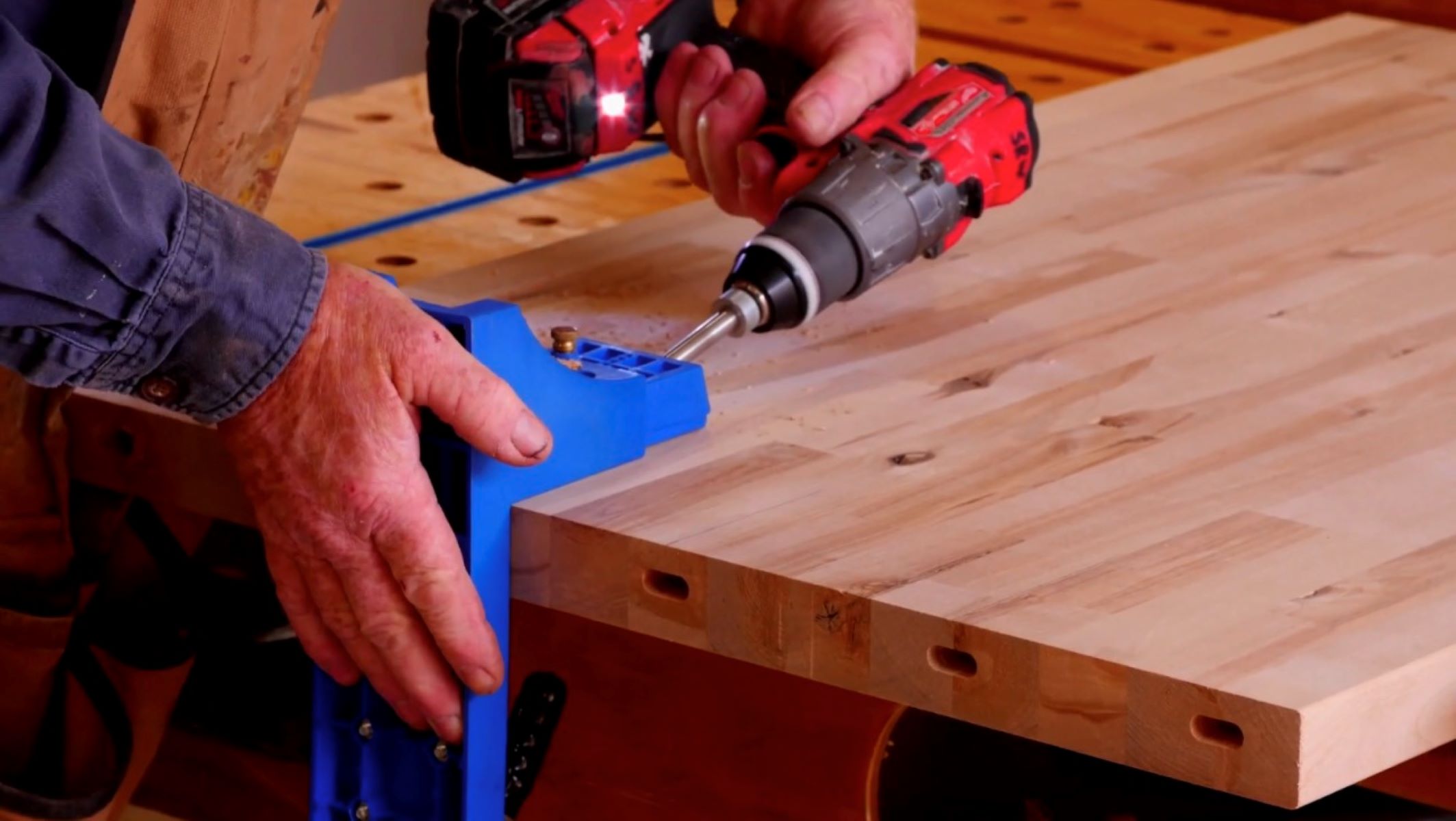
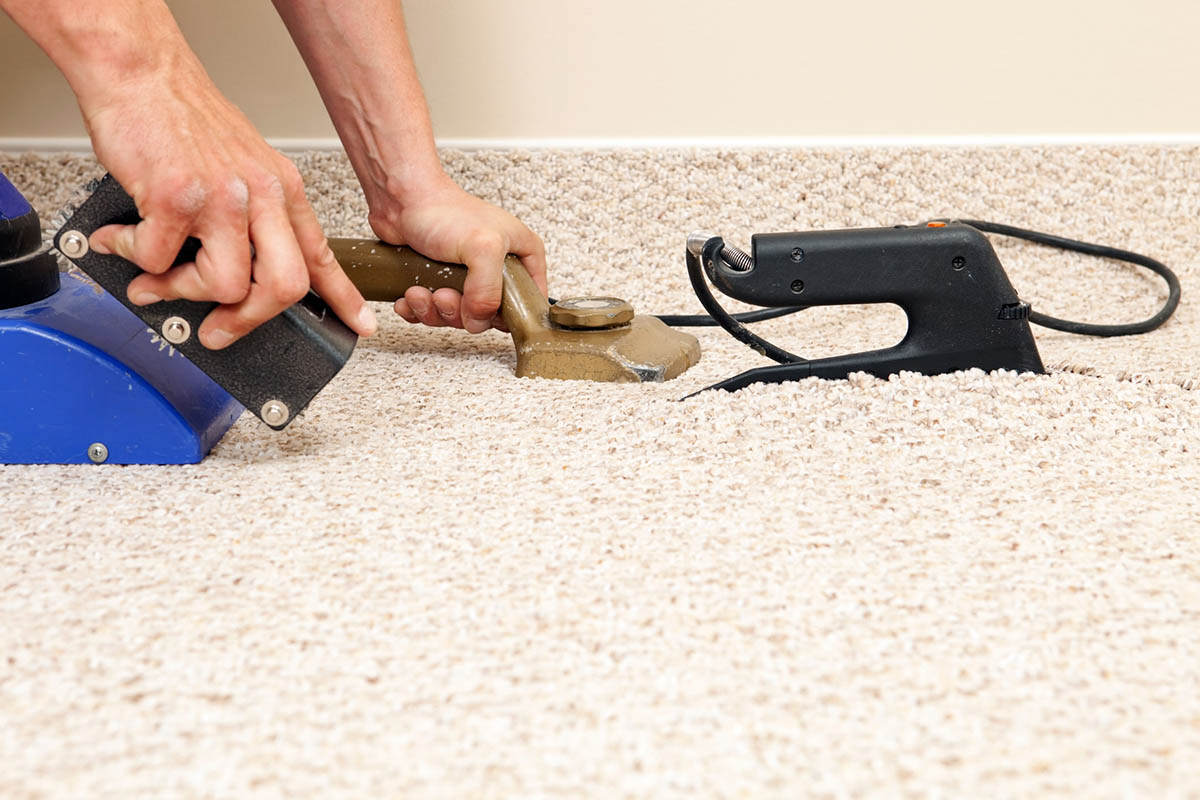
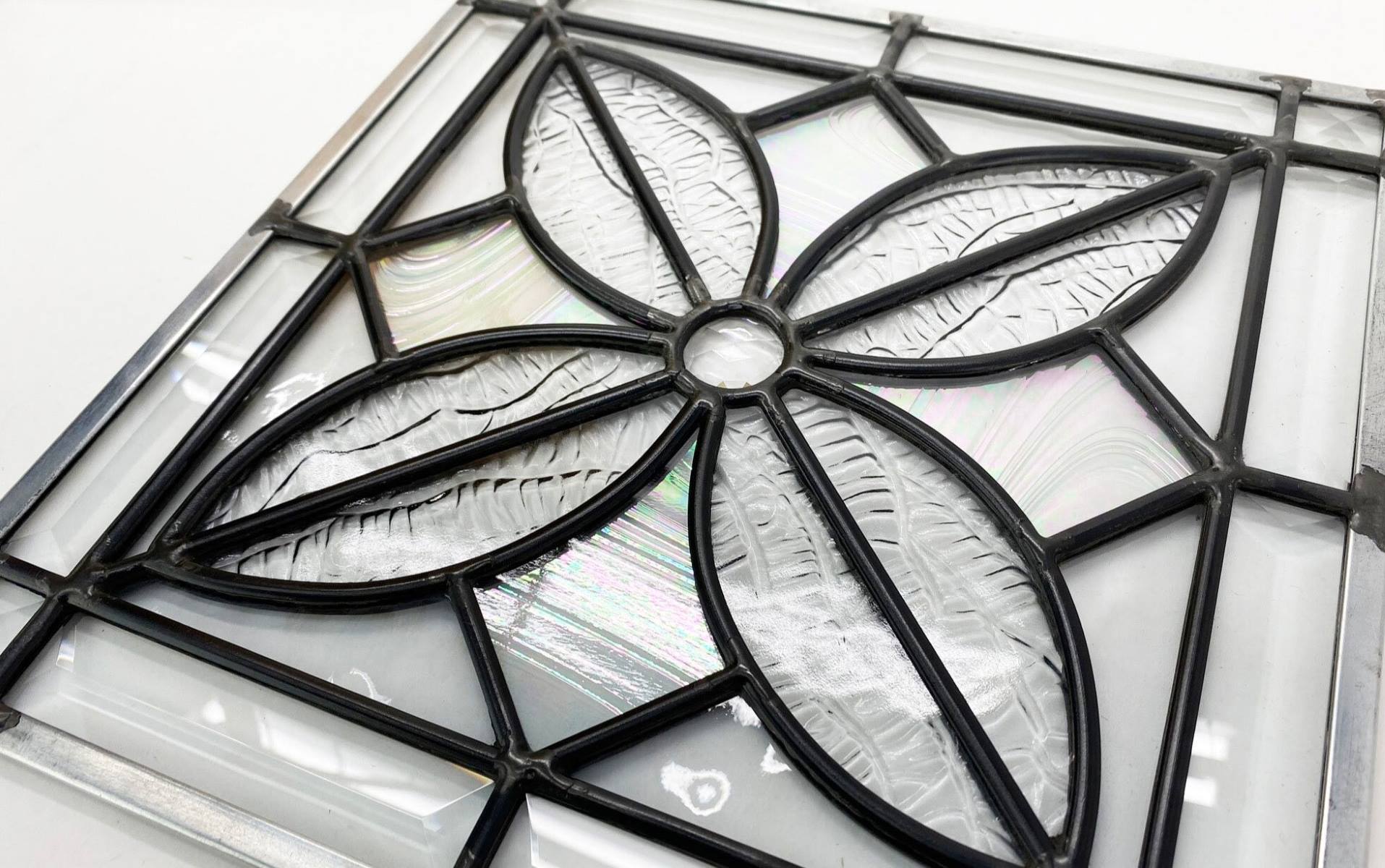
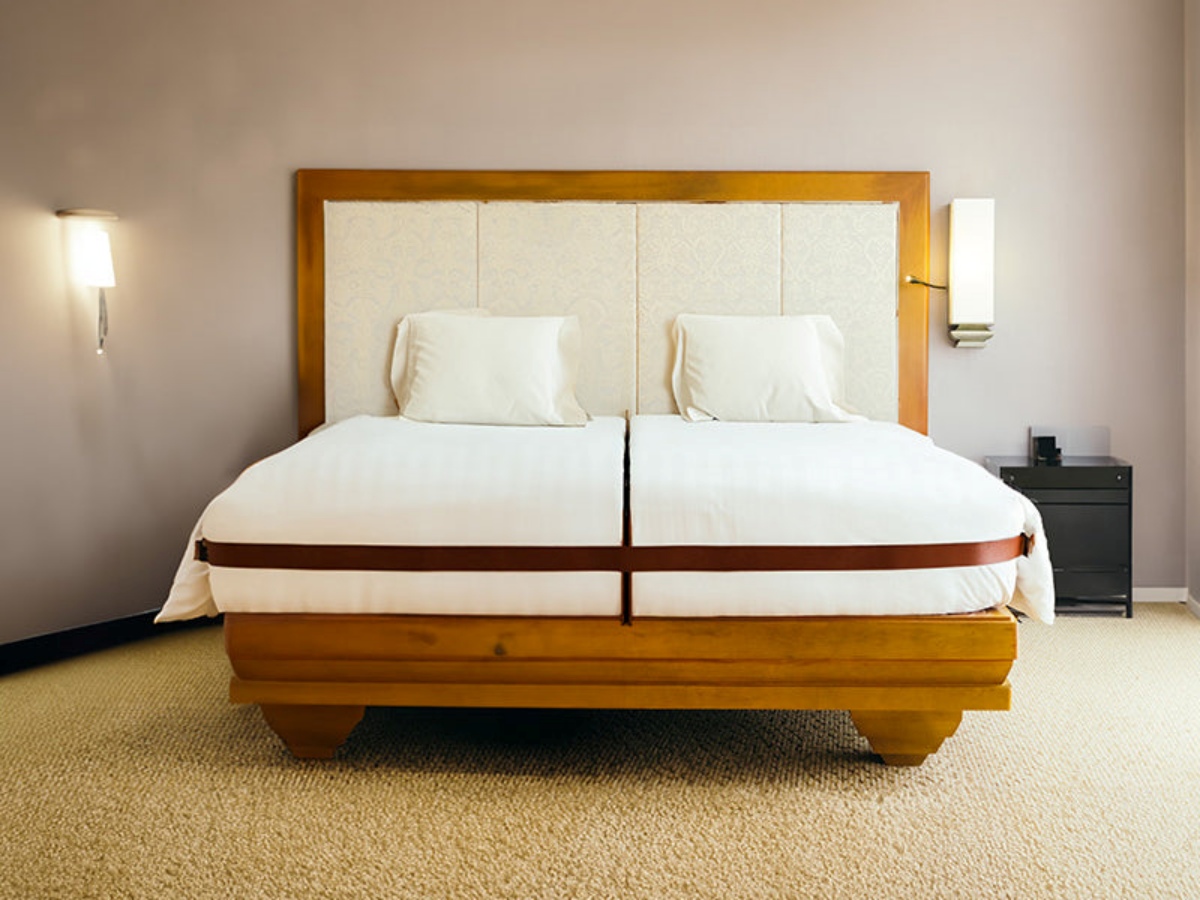
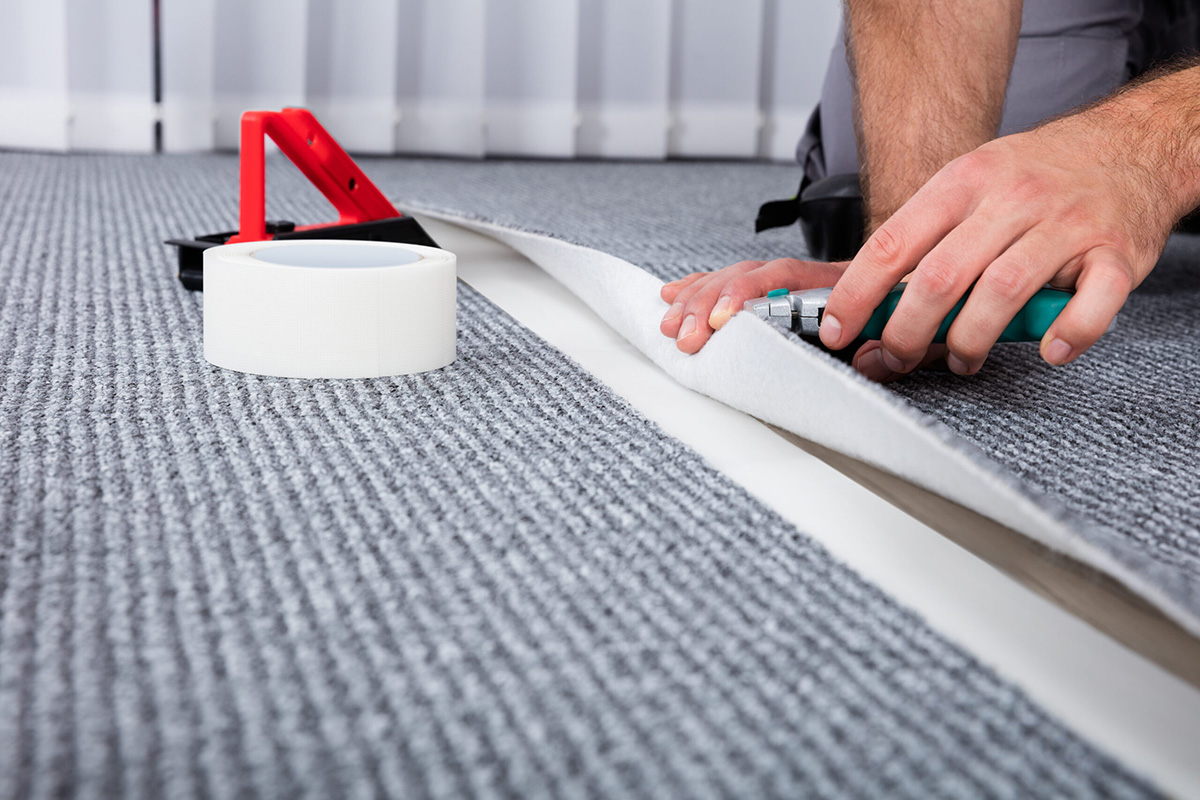
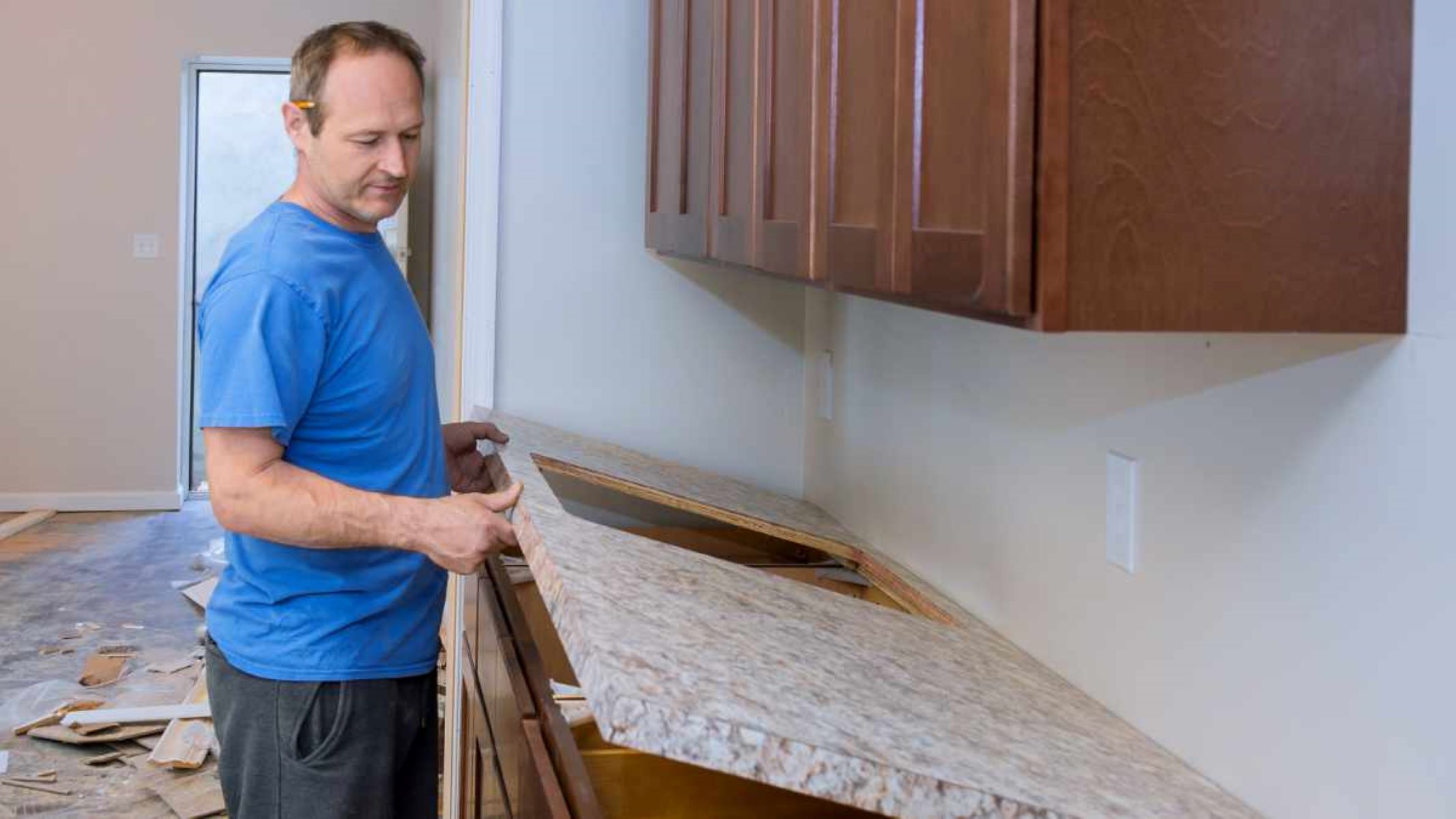
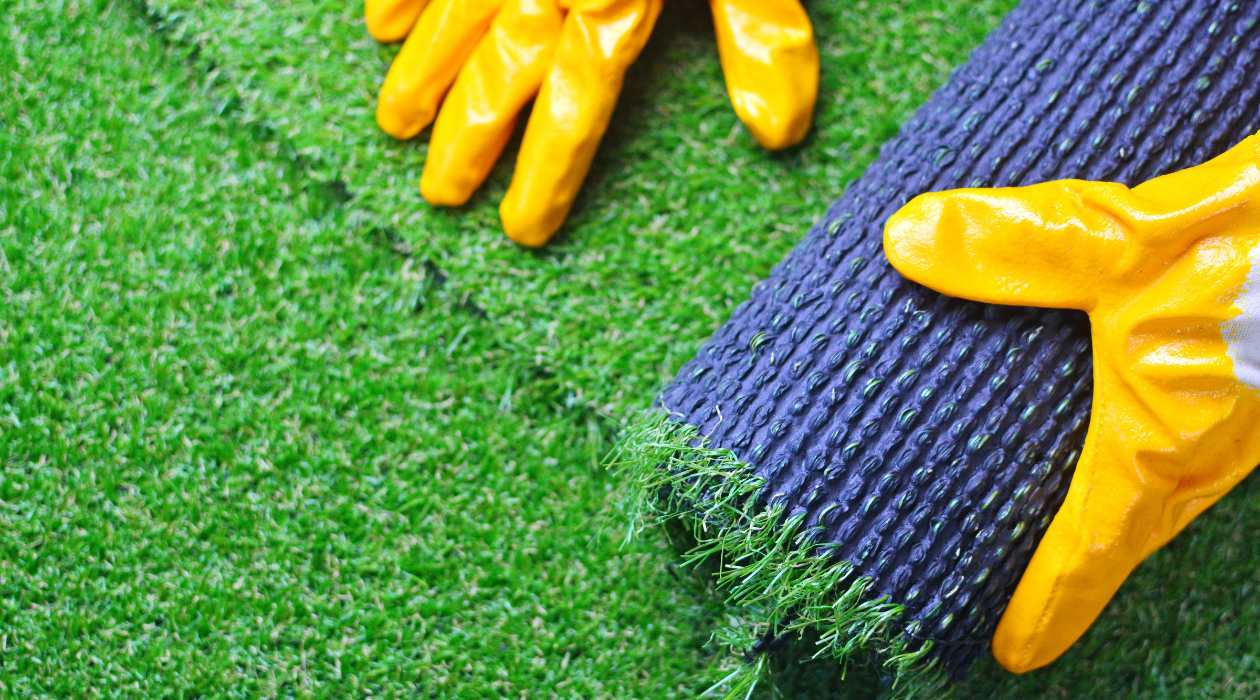
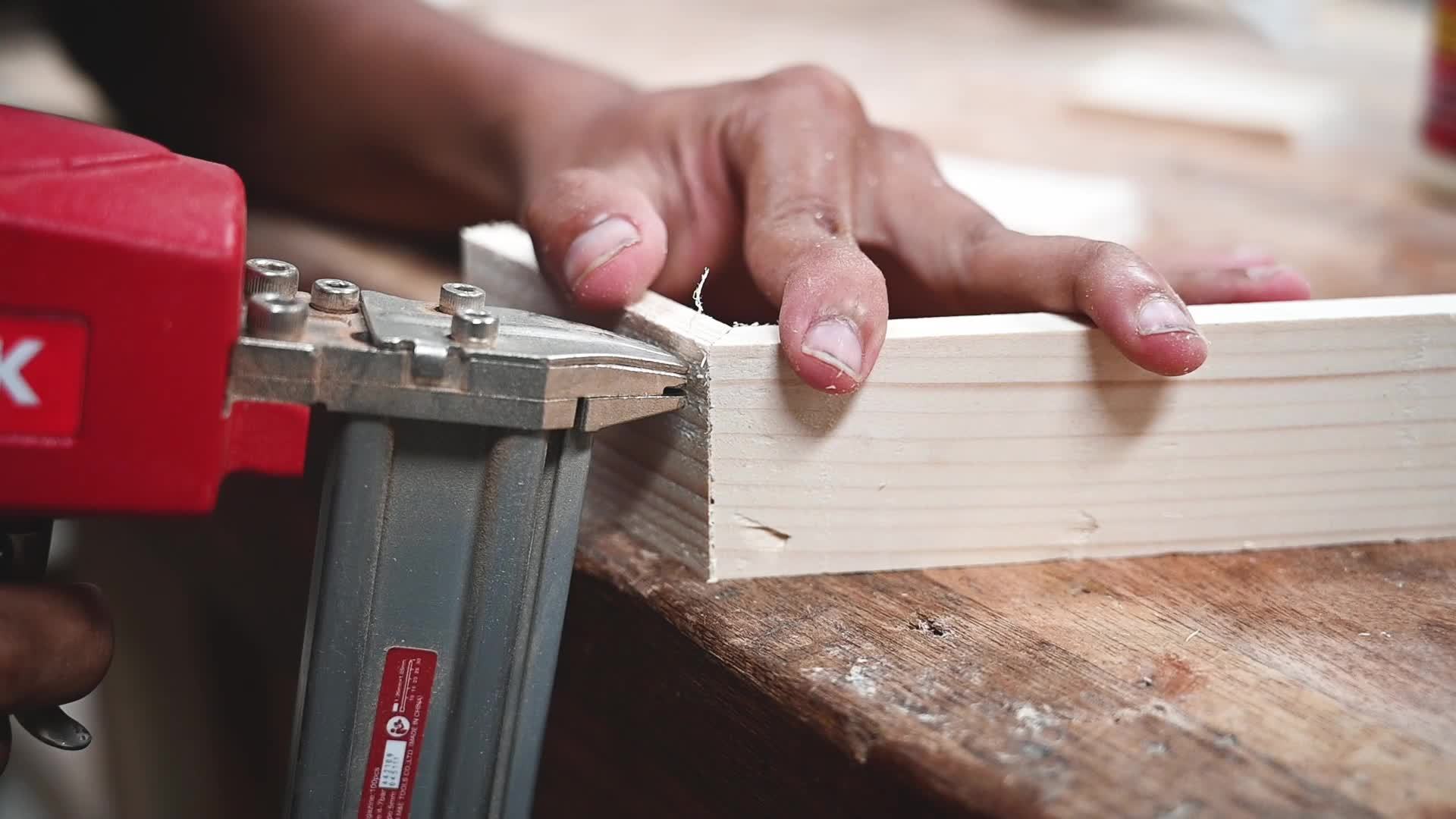

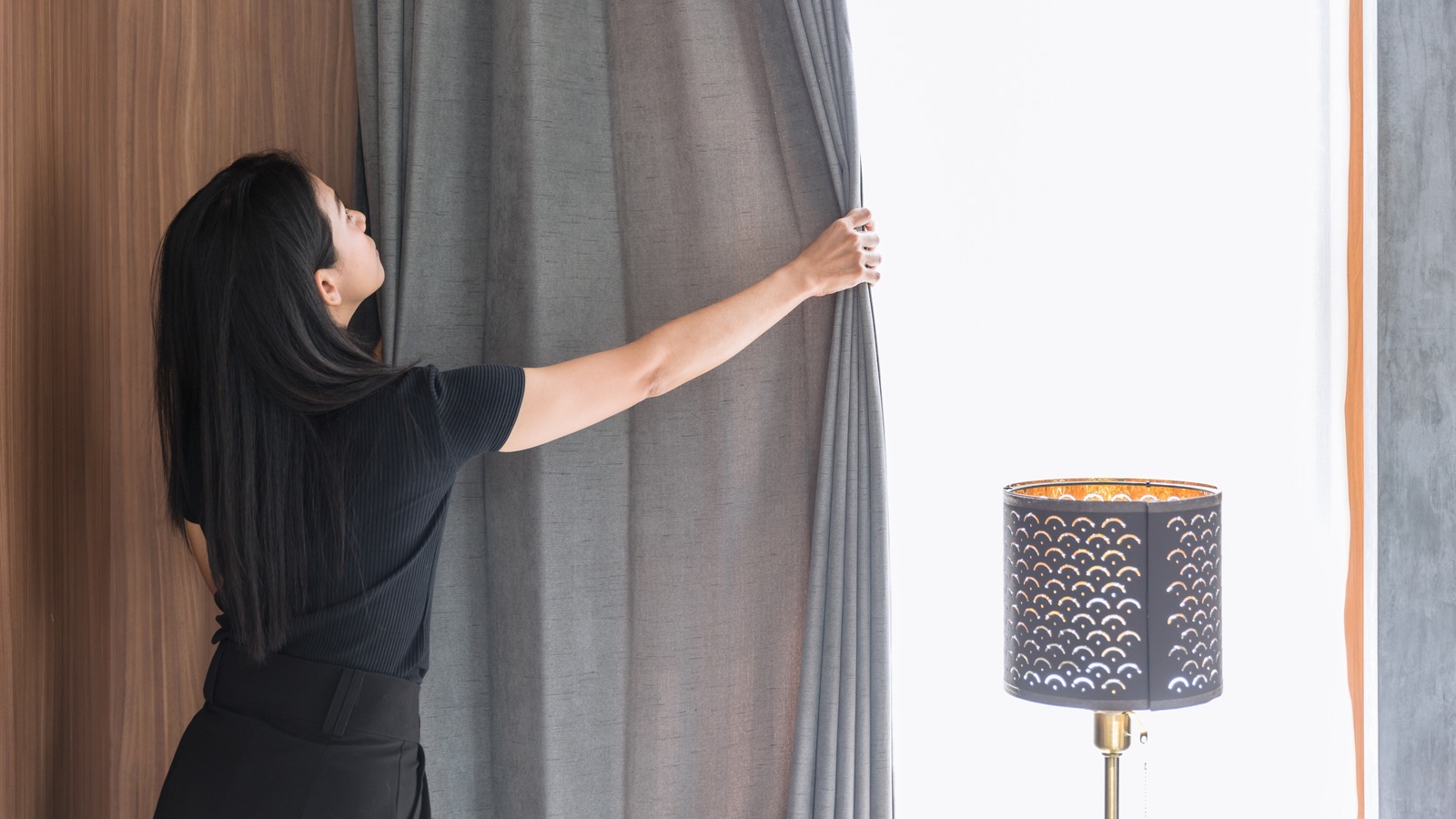
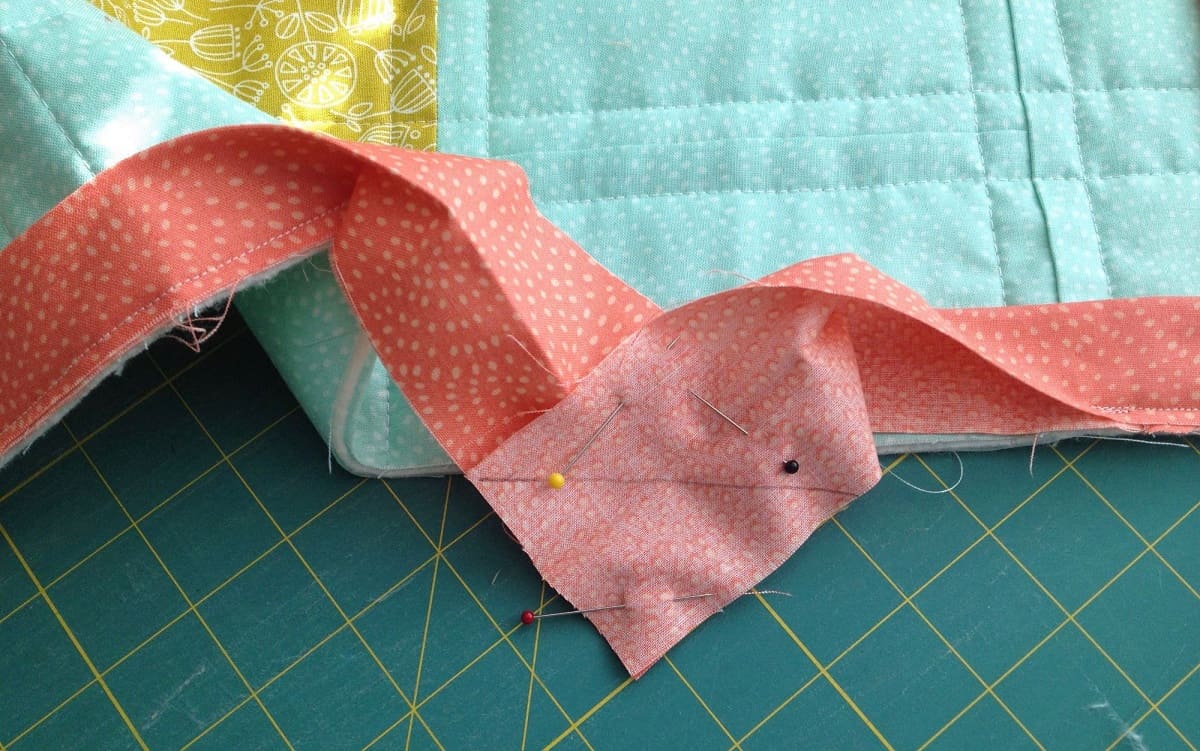
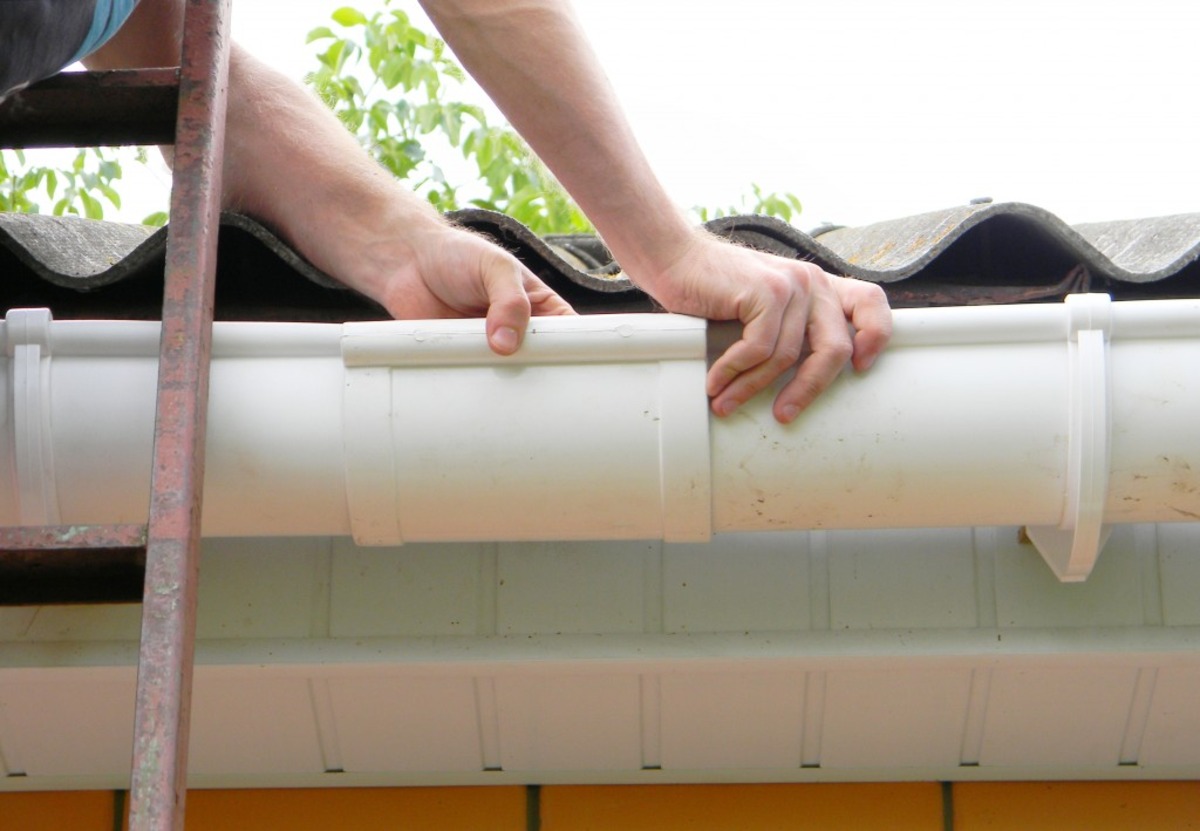
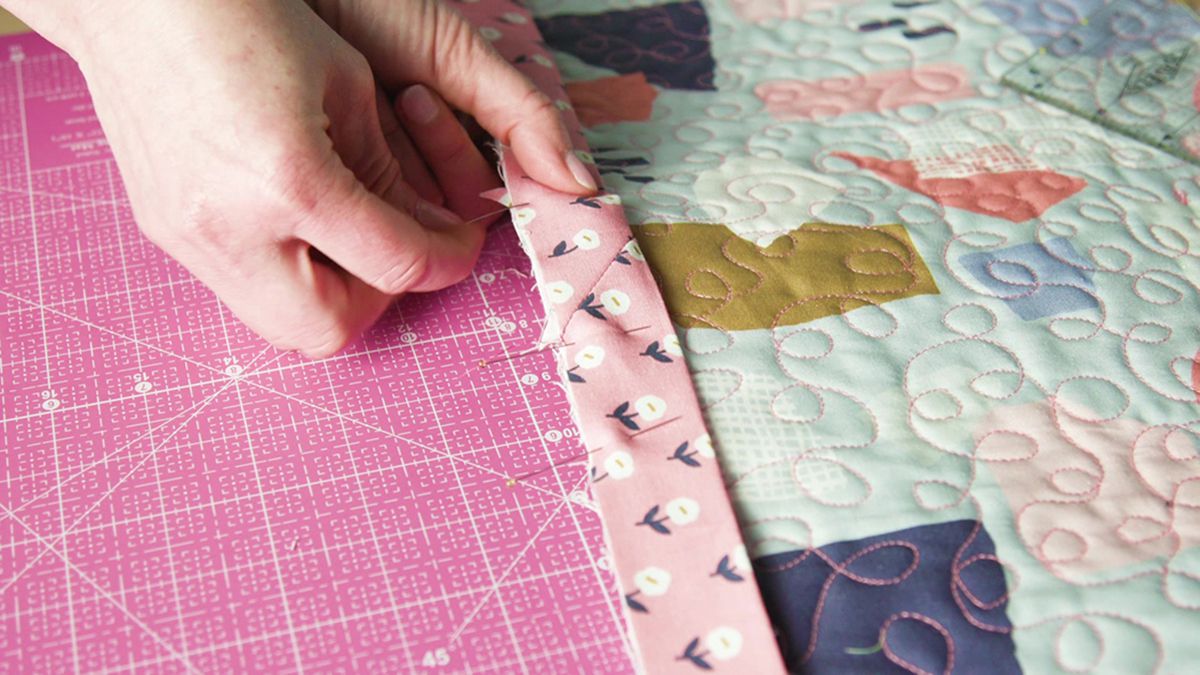
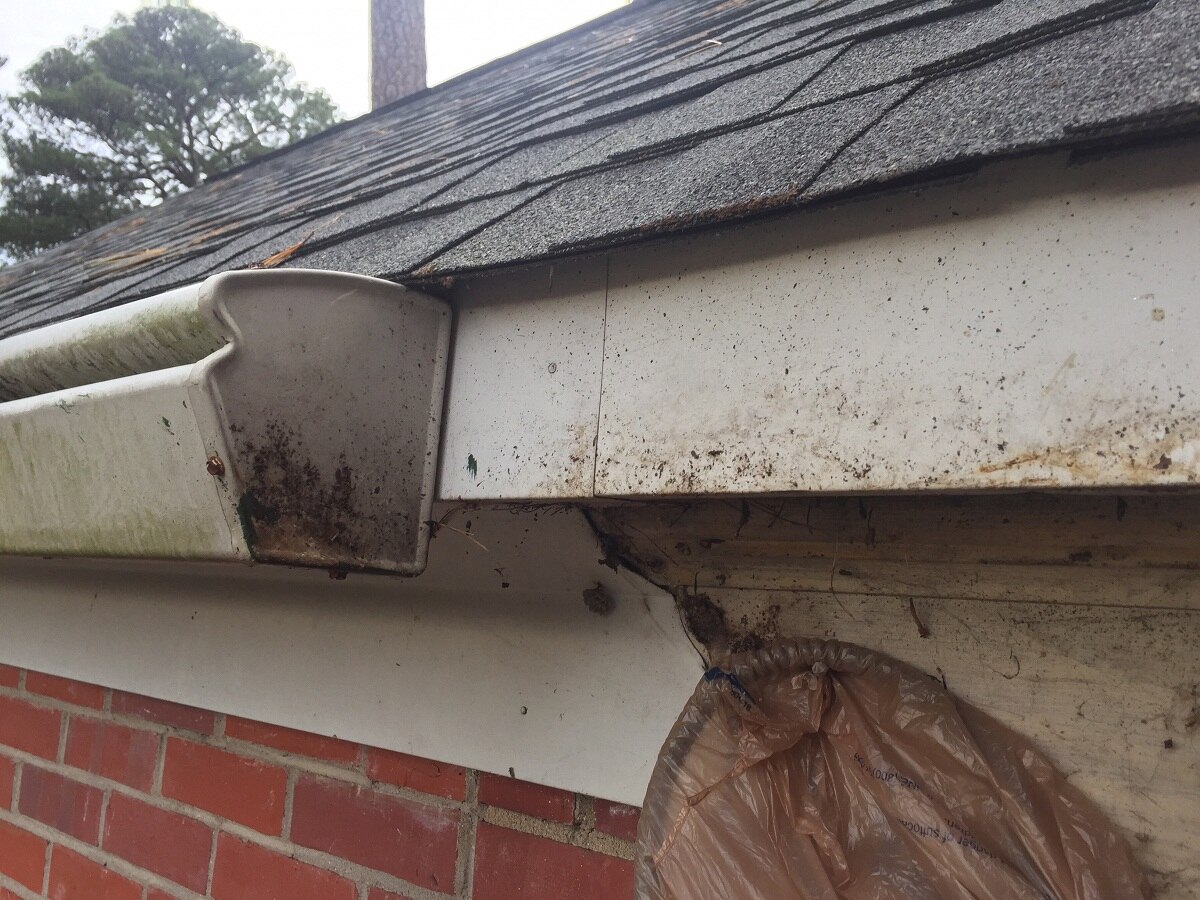

0 thoughts on “How To Join Two Rugs Together”